After writing the previous blog about my visit to Antarctica, visiting and working in Antarctica, I thought giving some interesting facts about this mysterious continent would be interesting.
Antarctica once had abundant plant and animal life until about as early as several million years ago. More than 30 million years ago, Antarctica had rainforests similar to present-day New Zealand and Tasmania. Various animal species lived on the mainland, nearby islands, and in the waters around Antarctica, such as ankylosaurs, mosasaurs, and plesiosaurs, all belonging to reptilian groups. Scientists still find fossils of prehistoric plants and animals during the excavations.
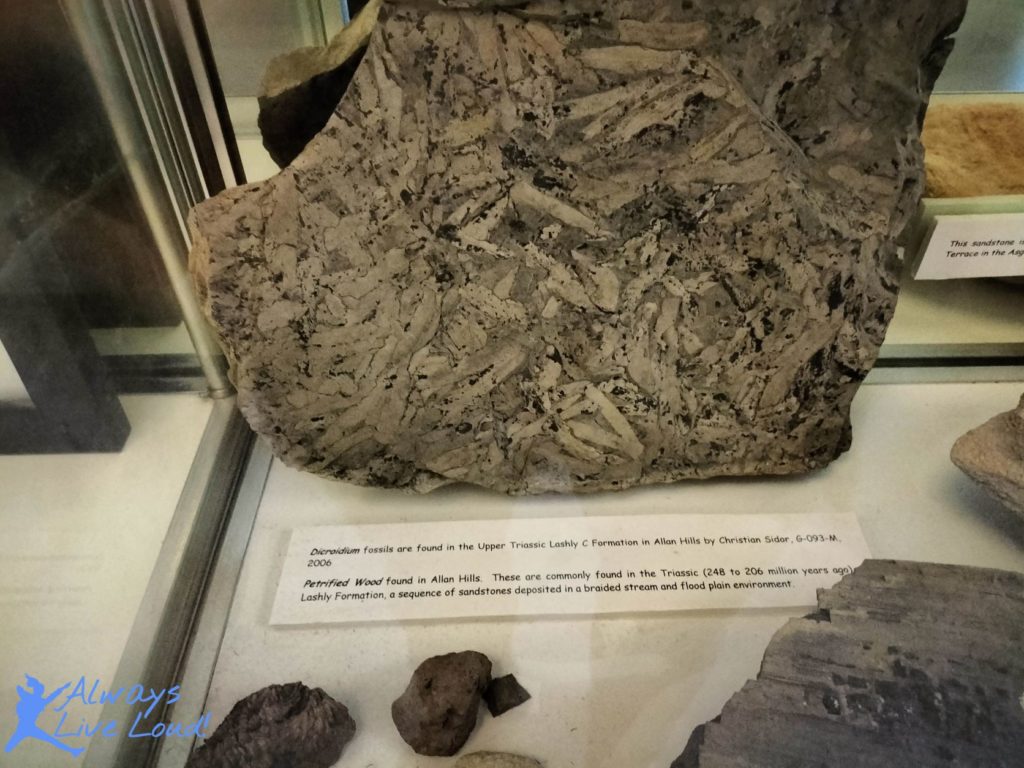
A bit of history of Antarctica, Hut Point


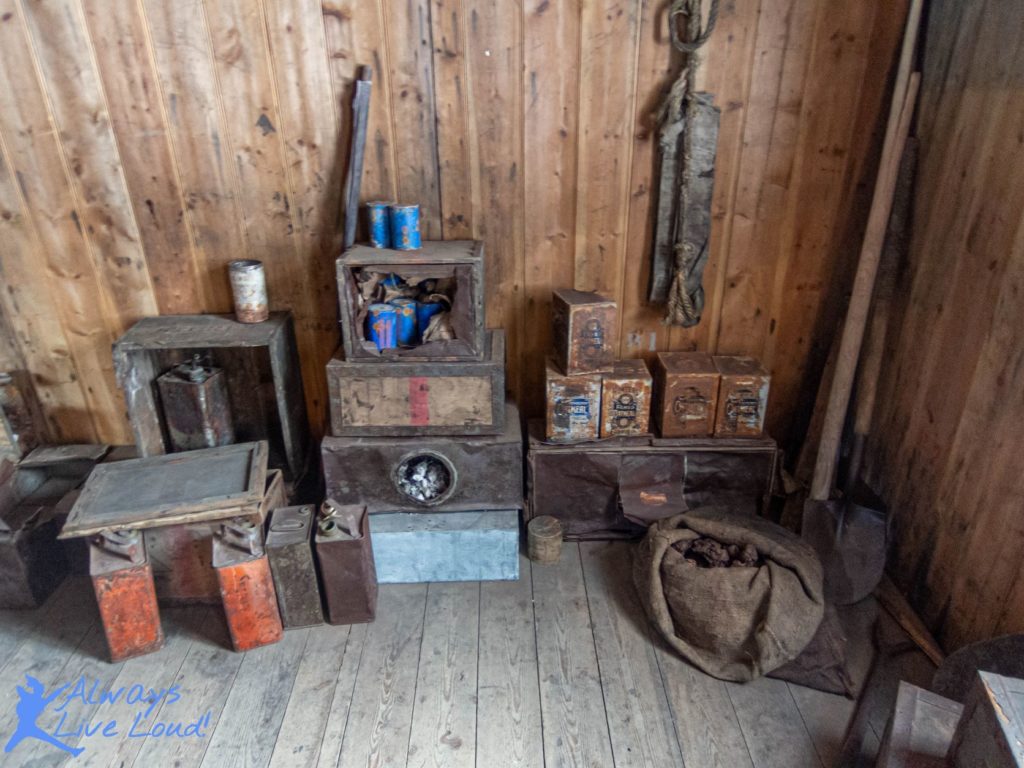
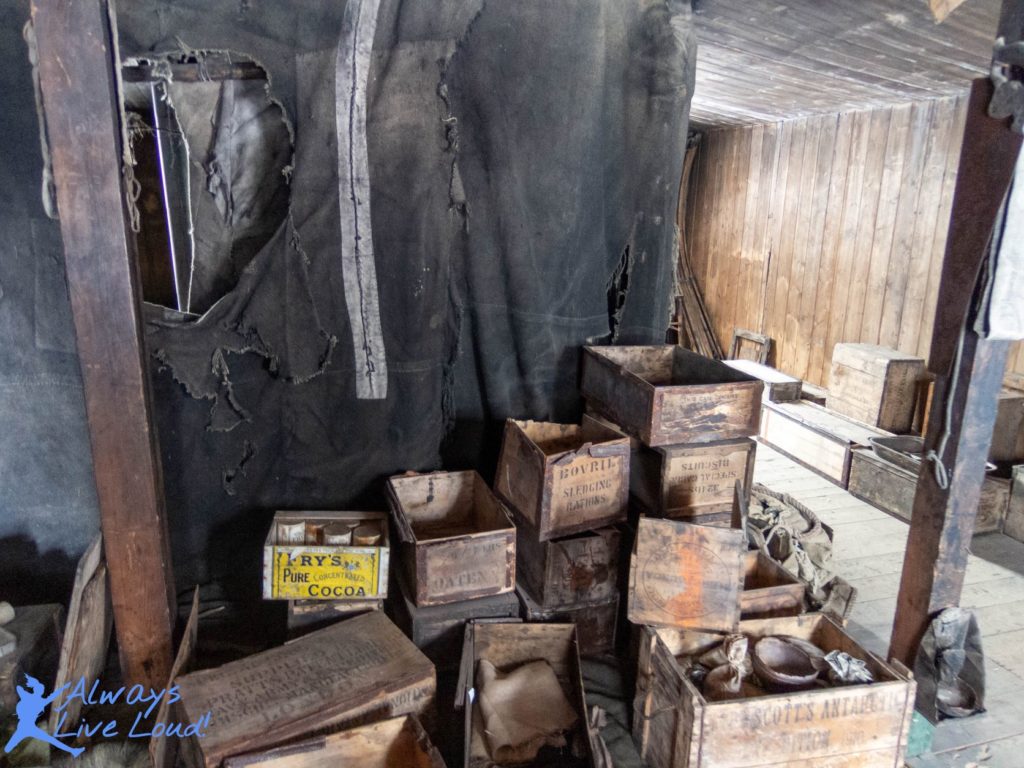
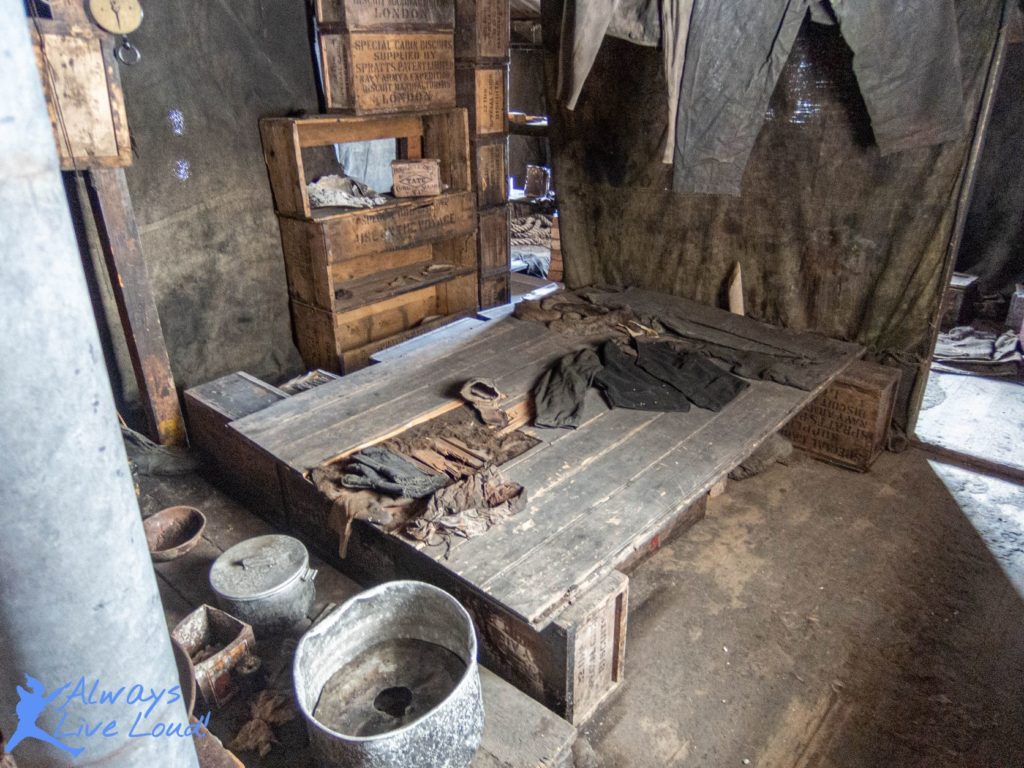

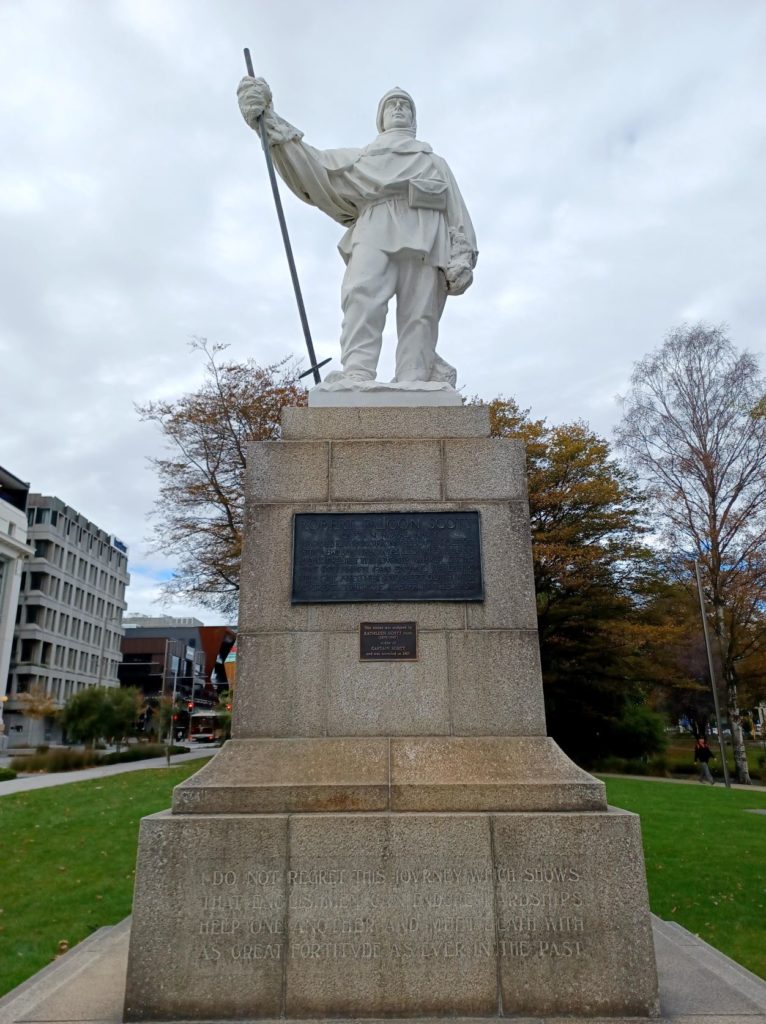

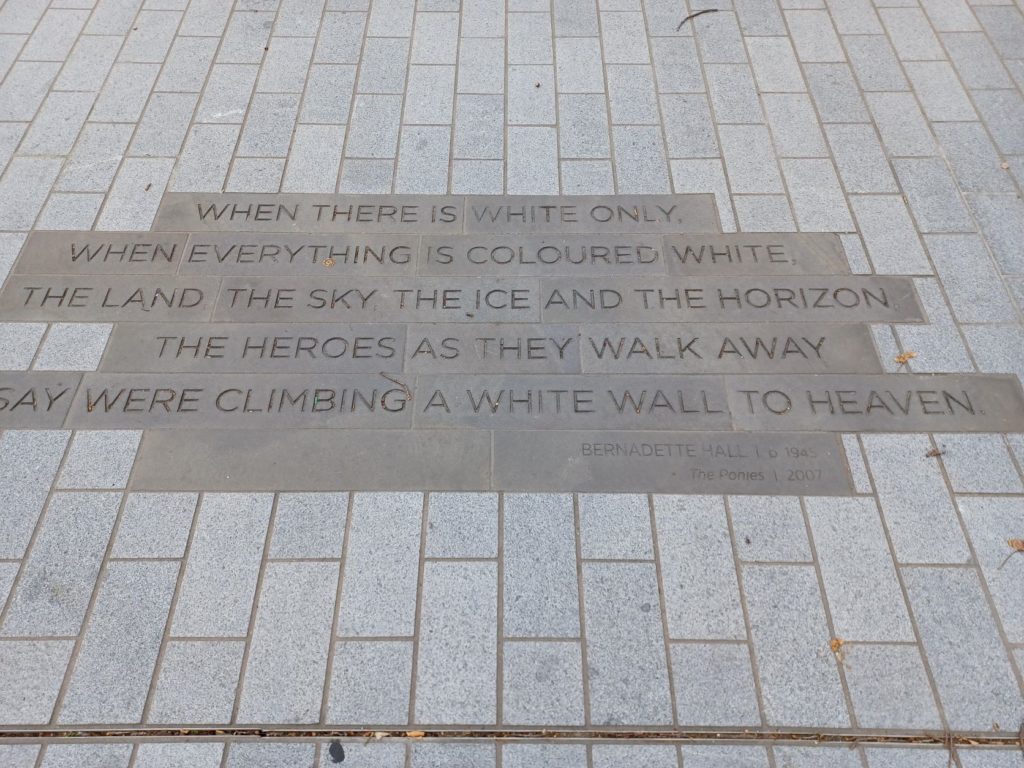
To read more about the History of the expedition.
The temperature in the isolated continent of Antarctica
Antarctica’s time and weather conditions drastically differ from nearly every part of the Earth.
Antarctica is a very isolated continent with drastic negative temperatures recorded anywhere on Earth. The lowest temperature recorded was at the Vostok station in 1983, minus 128 F (!). While I was there in November, the temperature was between -11C to – 5C (12.2F to 23F).
The time and seasons in Antarctica
Antarctica is considered a desert because it stretches for hundreds of desolate miles. This area receives less precipitation than most of the world’s hot deserts.
Antarctica has two seasons: Winter and Summer. The Summer is called austral Summer. During the Austral summer, the sun stays in the not setting until February, giving it the name of Midnight Sun. It is strange when your body’s internal “clock” tells you to go to bed, but the sun is still in the sky, even when your alarm wakes you up at 2 am. The thick curtains on the lodging room’s window help block the incoming sunlight. The Winter is six months of darkness.
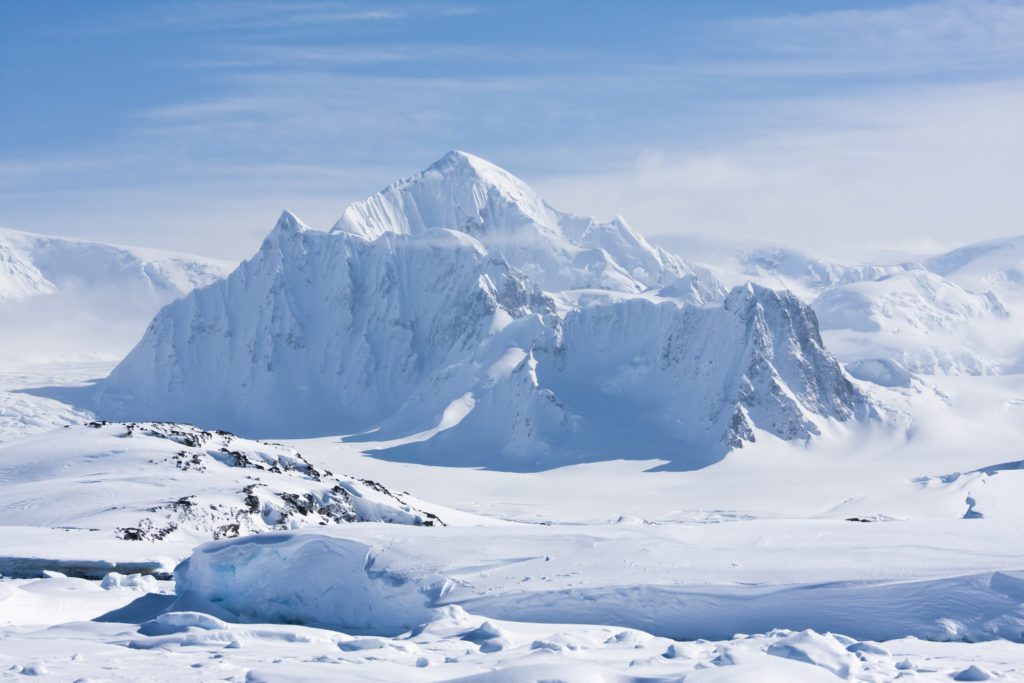
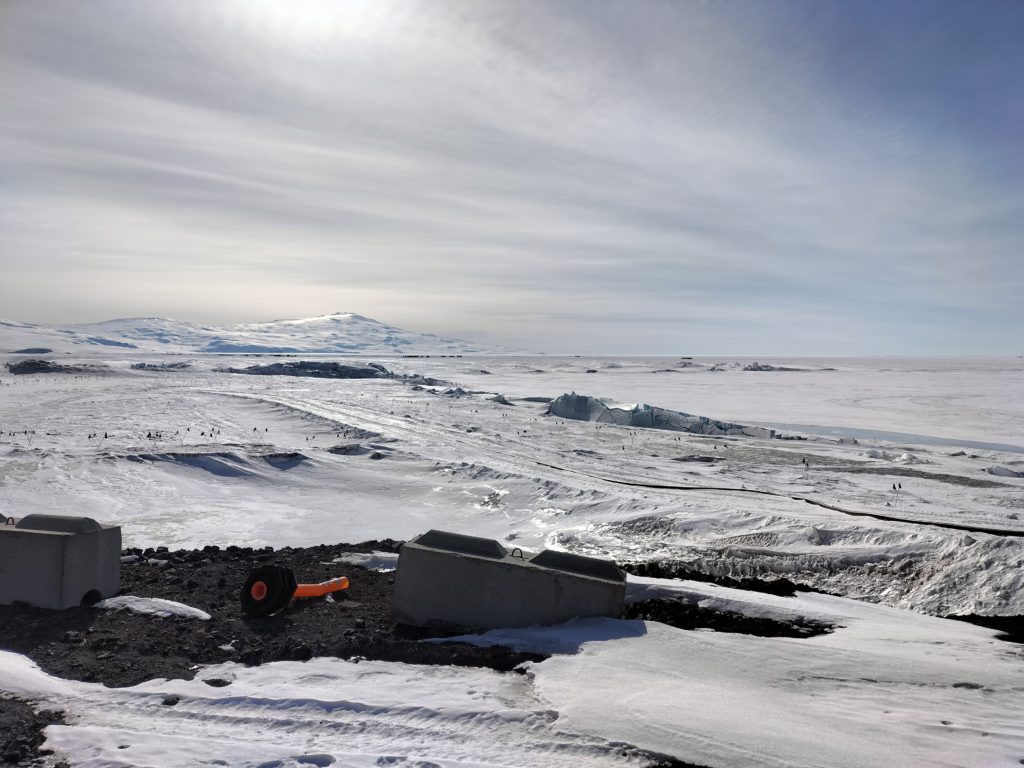
Mount Erebus, The volcano
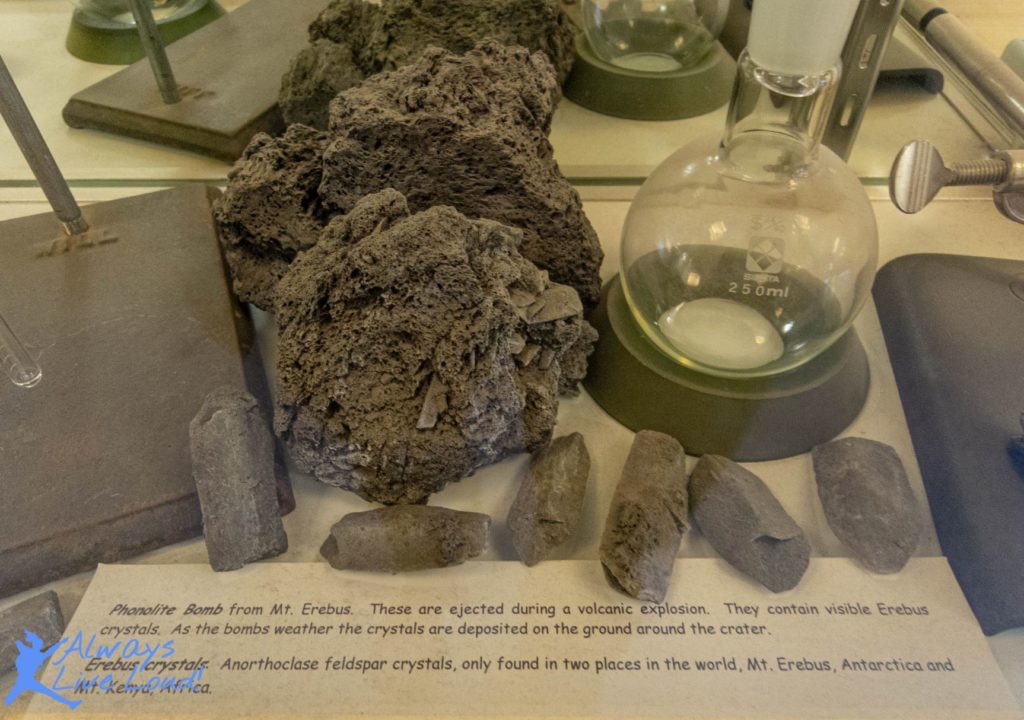
Erebus is an active volcano with a persistent lava lake in its summit crater. You would imagine that Antarctica is so cold it would be difficult for a volcano to keep lava at such high temperatures.
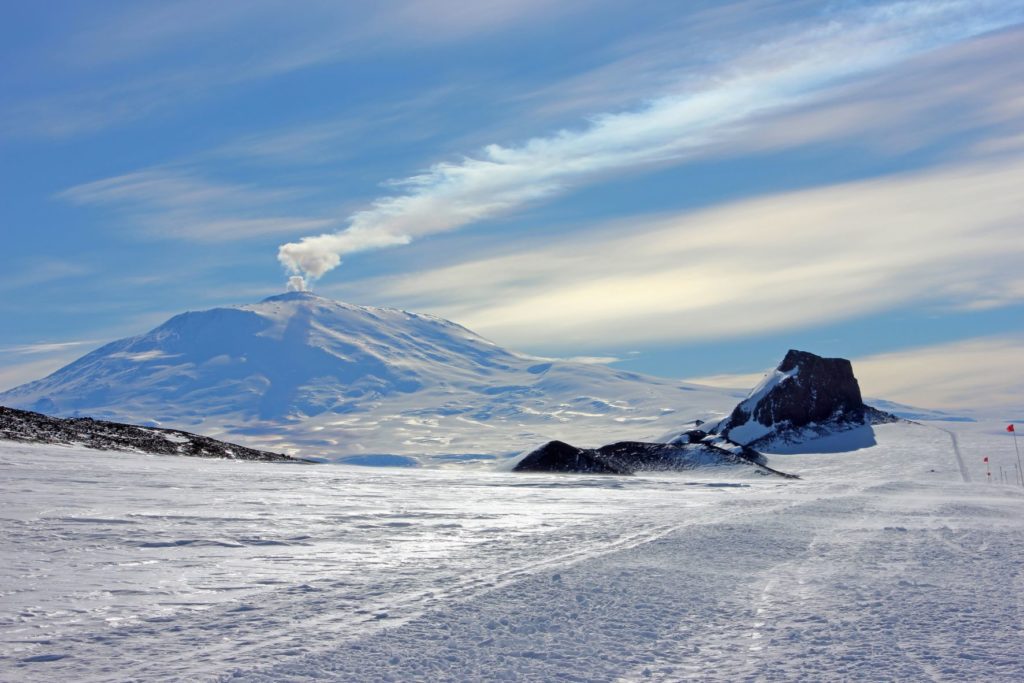
Antarctica has this mythic weight. It resides in the collective unconscious of so many people, and it makes this huge impact, just like outer space. It’s like going to the moon –
Jon Krakuer
